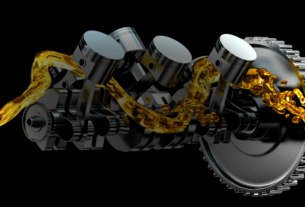Architectural model making is a mesmerizing art form that captivates with its intricate details and precision. These scaled-down replicas of buildings and urban landscapes are a testament to the craftsmanship and skill of model makers, who bring architectural dreams to life in miniature form. In this article, we explore the secrets of craftsmanship behind architectural model making, shedding light on the techniques, materials, and dedication required to create these stunning masterpieces. How to become architectural model makers in UAE, here is guide for you.
Precision and accuracy: The backbone of model making:
At the heart of architectural model making lies precision and accuracy. Model makers work diligently to ensure that every element of the design is faithfully represented in its miniature version. The process begins with a thorough study of architectural plans and drawings, extracting vital dimensions and details. Accurate measurements and meticulous scaling are paramount to ensure that the model conveys the intended design faithfully.
Choosing the right materials:
Selecting the right materials is essential to achieve the desired level of realism and visual appeal. Wood, foam, plastic, acrylic, and metal are among the materials commonly used in model making. Each material has its unique properties, such as texture, transparency, or sturdiness, making it suitable for specific aspects of the model. The choice of materials requires consideration of factors like the scale of the model, the level of detail required, and the budget.
Meticulous craftsmanship: A labor of love:
Craftsmanship is the soul of architectural model making. Skilled artisans with a passion for detail embark on this labor of love, meticulously crafting each component with care and precision. Cutting, shaping, and assembling the various materials demand a steady hand and a keen eye for detail. The dedication to craftsmanship is what elevates these miniature structures beyond mere models and transforms them into works of art.
Techniques that bring models to life:
Model makers employ a range of techniques to achieve lifelike realism in their creations. These techniques include precise cutting and scoring to create clean edges and smooth surfaces. Layering and stacking materials bring depth and dimension to the model, adding realism to facades and landscapes. Finishing touches, such as painting and weathering, enhance the model’s authenticity, simulating wear and tear or natural aging.



